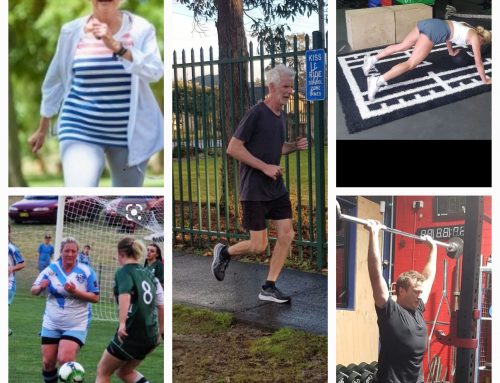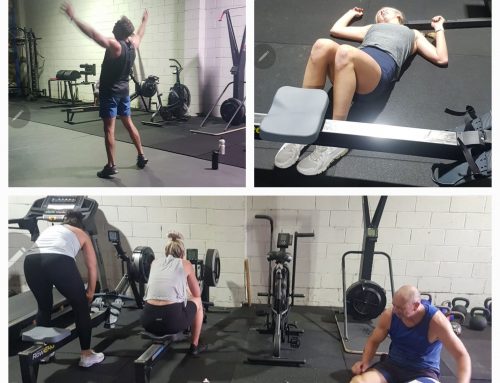Some people swear by it, others classify doing their shoe laces up as close enough to a stretch as they need.
But what’s the truth about how important or effective stretching is?
Recently, studies have come up with results that may surprise some, but have others saying “I’ve been telling you that all along”
It seems to make sense to stretch if you are about to do a sport or activity that requires your muscles to at some point stretch out through a given range of movement.
So we put our leg or arm out in a certain position until we can feel that familiar stretching sensation and then hold it for around 30 sec or so. Got to be doing something right?
When we think about the sport or activity that we are about to undertake and then think about what is it exactly that our bodies are going to be doing. Chances are that it’s not going to involve us staying perfectly still and holding a limb out for any length of time.
If we want to prepare our muscles and other tissues to move doesn’t it make more sense to “MOVE” them through a range of movement that they will shortly be required to do.
Not only will you be putting the muscles, tendons and ligaments through the required ranges of movement but also starting to lubricate the joints and get blood flow circulating to the muscles more rapidly.
It’s not only as a warm up before an activity that stretching may not be the most effective solution.
When we are trying to elicit lasting change in our mobility and flexibility, static stretching may not stack up well either.
Think of it this way, a guy that weighs 80kg and is fairly experienced in resistance training could comfortably Deadlift double his body weight.
That’s around 160kg of force he’s asking his hamstrings to deal with, which they do with no problem.
So when this guy puts his leg up on a chair and leans into it a little bit, are these hamstrings that can withstand so much force suddenly going to yield to the 10 or 15 kg of pressure that the stretch will apply…Probably not.
So what do we do?
The good news is that our body is actually really smart.
In most instances it knows how to realign itself if we just give it half a chance. Remembering that the majority of the population spends the majority of their time putting the body in a position that it doesn’t really like (sitting) and then compounds that but not doing anywhere near enough of the thing the body loves (moving)
Techniques such as Range of movement Mobilisers, Foam rolling or similar, Trigger point pressure, PNF, Band distraction and massage will undoubtedly help you with any mobility issues when you can add them into your routine regularly.
You may not be familiar with several of the methods listed above, and they are only a few of methods which you will find more effective that a static stretch, so over the next few weeks we’ll delve into and demonstrate some of these a little more.
As little as 10mim a day consistently, will be enough for most people to completely transform the way their bodies move and feel.
I’ll wrap this up by adding one thing.
I believe strongly in the innate intelligence of our bodies.
So if you’ve been doing something that works for you and has so for a long period of time, and it may be the case that it involves static stretching. Be open to new ideas, but at the same time don’t abandon something just because some “expert” told you too. Experiment on yourself and find out how your body responds to different techniques to find what works best for you.
For those that relate to an anecdote more than just straight info I’ll will very quickly share way I’m such an advocate of mobilising over static stretching.
In 2012 I “encouraged” (that was I decided I really didn’t want to do it by myself) two of my clients to train for an ultra-endurance race with me.
I had been a pretty avid runner for the previous 10 years sticking mostly around the 10 to 12k distance though. Although I did a fair bit of running it’s not something that my body ever really seemed to like me doing. When training for a race I would need to spend a minimum of 20 to 30min a day stretching just to enable me to feel loose enough to move around relatively freely.
In 2012, I all but gave up any static stretching, replacing it with some of the techniques I mentioned above. In that year I more than tripled the weekly mileage I had ever done previously, spent no more than 15 to 20min a day on mobility work and never had an injury concern the entire time.
Interestingly, on of the guys I did the event with adopted the mobilising approach over static stretching as well and also never had any injury concerns. Whereas our third member favoured the more traditional approach to stretching and ended up having to battle with managing a calf issue for quite a period of time.
Not that 3 people makes for a compelling study but it was interesting, and from my own point of view and how my body felt and responded I’ve never looked back.




